.jpeg)
For example, a company may want to determine the cost of customer service, in which case the customer service function would be the cost object. Product-level activities are related to specific products; product-level activities must be carried out regardless of how many units of product are made and sold. (For example, designing a product is a product-level activity.) Customer-level activities relate to specific customers.
Understanding Cost Objects – What They Are and Why They Matter
Larger businesses, on the other hand, may need to use more complex cost allocation methods to assign costs to each cost object accurately. ABC is a more sophisticated method of cost allocation that assigns costs to cost objects what is a cost object based on the activities that drive those costs. Direct allocation is the simplest method, assigning costs directly to a specific cost object. For example, the cost of raw materials used in a product can be assigned directly to that product. Accountants also benefit from using cost objects to track expenses in a business.
Another difference between cost objects and cost units is their level of specificity. The cost object is typically a more broad and general term, while the cost unit is a more specific and quantifiable term. It’s important to note that a cost object can be a product, service, or activity, and it’s not limited to physical items.
Financial Controllers – Who Typically Assigns Costs to Cost Objects Within an Organization?
In the realm of accounting and management, the distinction between cost objects and cost centers is pivotal for accurate financial analysis and budgeting. Cost objects are any items for which a separate measurement of costs is desired. In contrast, cost centers are specific departments or segments of a business where costs are incurred, but they do not directly generate revenue.
These objects serve as a focal point for the accumulation of costs, enabling businesses to evaluate the profitability of various segments, products, or services. They are instrumental in the granular examination of expenditures, facilitating more informed decision-making processes. One key aspect that cost objects and cost units have in common is that they are used to determine the cost of a product, service, or activity. By assessing the cost of a cost object and measuring that cost using a cost unit, a company can make informed decisions about pricing, production, and resource allocation.
- These events are also an excellent opportunity to network with other professionals in the field.
- By understanding the cost of each piece of equipment, manufacturers can identify opportunities to improve equipment efficiency, reduce downtime, and optimize maintenance schedules.
- Activity-based costing (ABC) is a costing method that directly ties all overhead and indirect costs to specific products and services.
- In addition to these stakeholders, other individuals or departments may be involved in the cost assignment process, depending on the specific needs and requirements of the organization.
- A cost object is an item that represents an input a company needs to produce a good or service.
Accounting for Cost Objects
There may be situations where a business needs to create a new cost object to manage costs better. Do you think companies are really moving jobs overseas just to maximize profits? No, companies are moving jobs because they need to be able to cut costs low enough to compete and survive.
.jpeg)
They can see which parts of the business use more resources and might need changes. Output-related cost objects involve everything that goes into making a product or delivering a service. Accountants track these costs carefully to figure out how much it takes to make each item or offer each service. Thirdly, the size of a business can impact the choice of cost allocation methods. Smaller companies may have more flexibility in choosing a cost allocation method, as they may have a more straightforward cost structure.
A cost object is any activity for which a separate measurement of cost is undertaken. Cost management in these areas enables companies to make smart investments in marketing and service strategies. It supports decisions about which relationships to nurture and which might need reevaluation.
Operational Cost – Types of Cost Objects Used in Business and Finance
Sales and marketing managers promote the organization’s products or services and generate revenue. They may assign costs to cost objects related to sales and marketing activities, such as advertising and promotions. In conclusion, cost units are the units of measurement used to determine the cost per unit of a cost object. Understanding what a cost unit is and how to choose the appropriate cost unit is a critical part of cost accounting and management. Nevertheless, clearly understanding the difference between cost object and cost unit is an important part of cost accounting and management. Cost units include units of production, hours of service, or number of projects completed.

